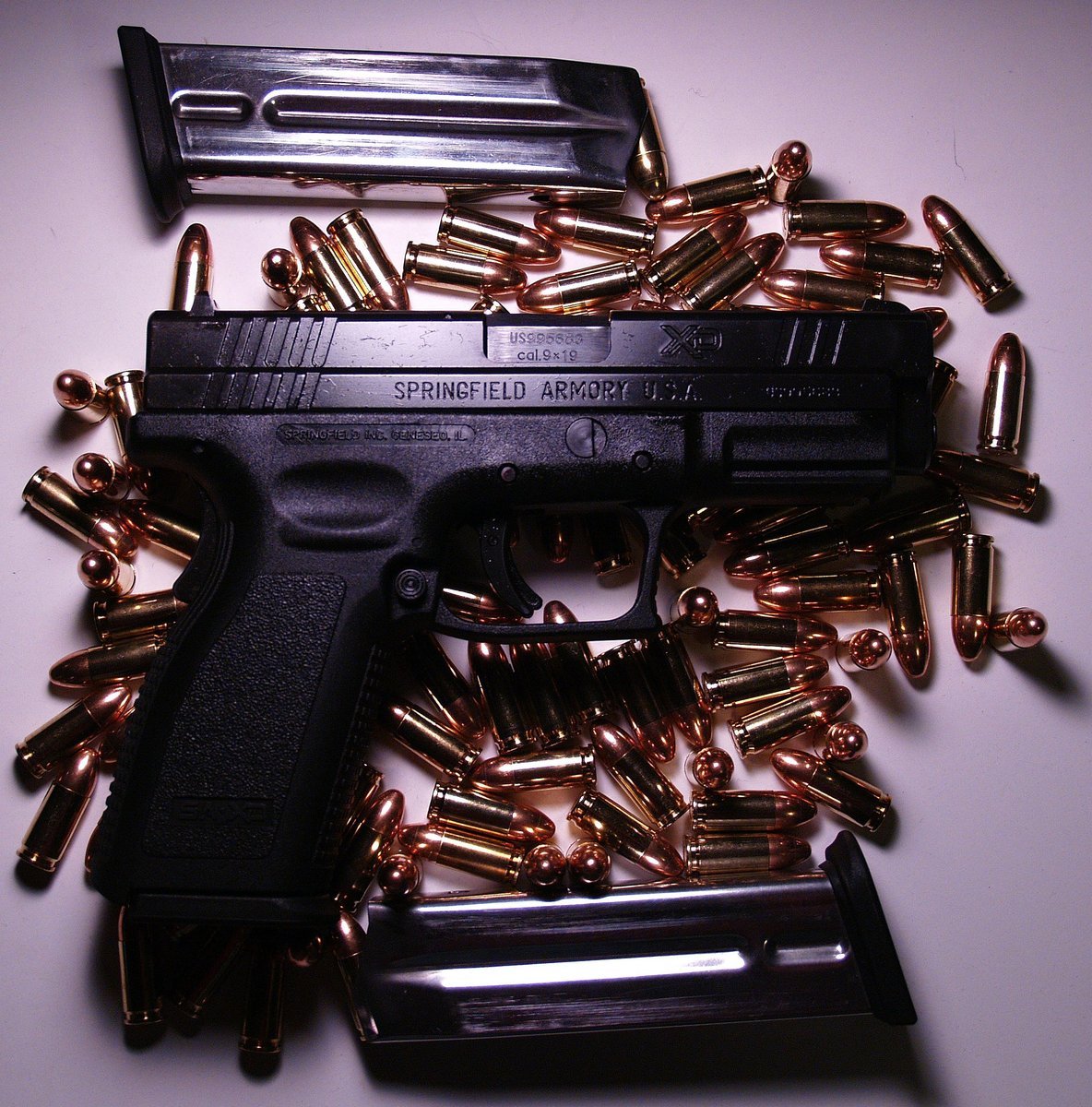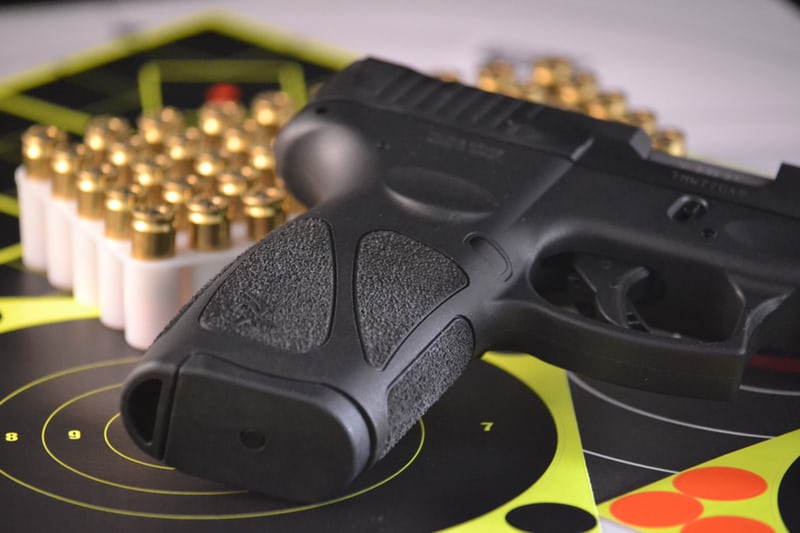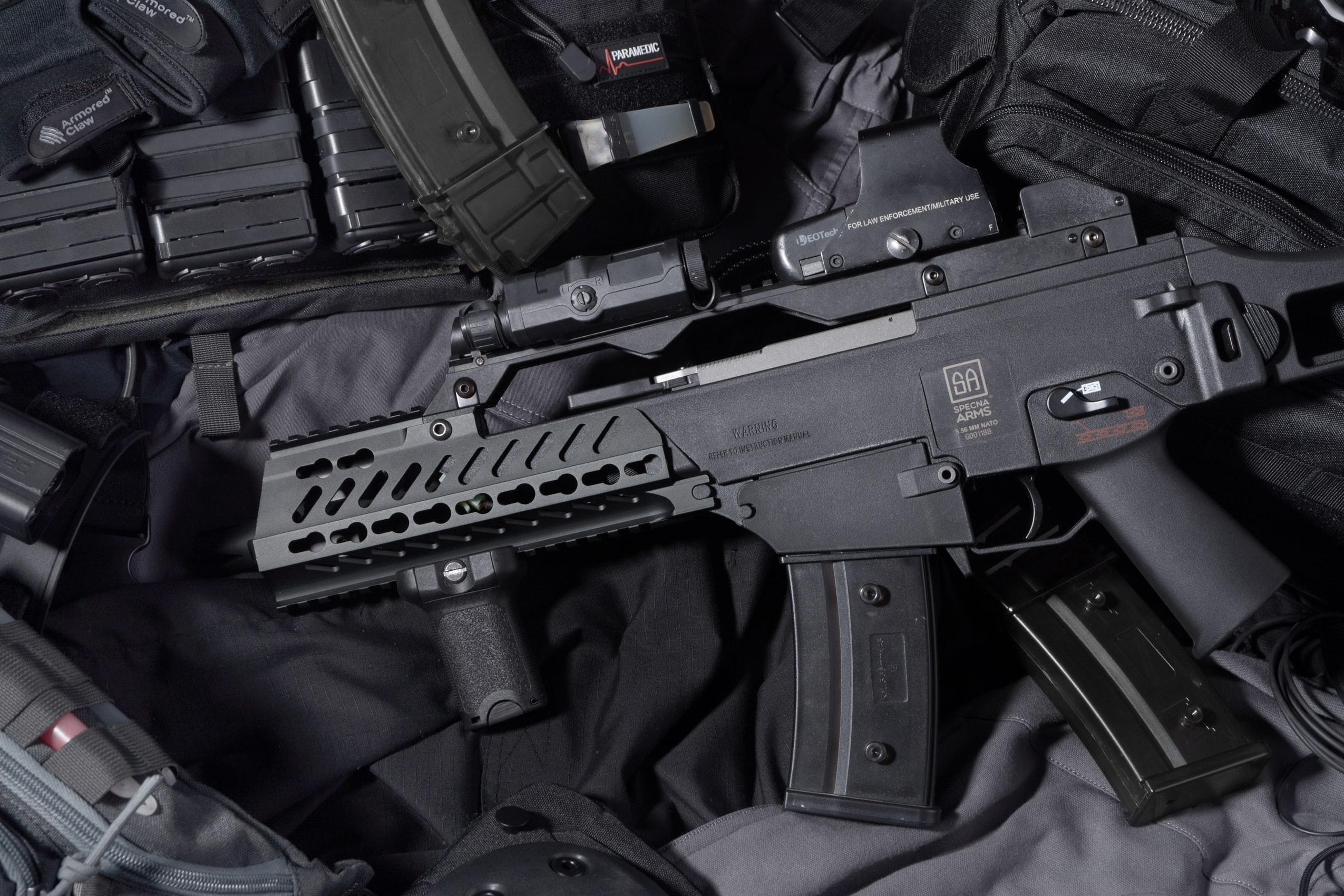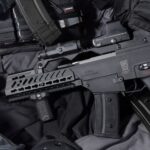Further erosion of the ban of lawsuits against gun manufacturers.
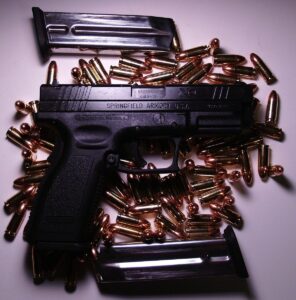
As I explored in a previous blog, the Protection of Protection of Lawful Commerce in Arms Act, 15 U.S.C. § 7901 (2005), et seq., (“PLCAA”) has shielded gun manufacturers from suit since its enactment in 2005. The law bars any civil liability action against a firearms dealer or manufacturer, except for certain limited exceptions. My previous blog revolved around the parents of the victims killed in the Sandy Hook massacre, who survived summary judgment on a motion conceived under PLCAA filed by the defendant, Remington Arms Company. Now, the city of Kansas City is bringing a claim against a manufacturer and several firearms dealers, which may further chip away at the Act’s once impenetrable protection.
PLCAA’s protection is broad. 1515 U.S.C. § 7902 provides that “[a] qualified civil liability action may not be brought in any Federal or State court” against a firearms manufacturer or dealer. The definition of a qualified civil liability action is explored in § 7902, which defines the term broadly, encompassing ostensibly all civil claims against licensed gun dealers and manufacturers. However, § 7903(A) identifies certain claims that will not be considered a qualified action.
Contractual disputes or claims for breach of warranty are not qualified actions. § 7903(5)(A)(iv). Neither are claims related to defective design or manufacture of a firearm. § 7903(5)(A)(v). Claims arising out of negligent entrustment, where a manufacturer or a dealer puts a firearm into the hands of someone likely to injure themselves or others, are permitted. § 7903(5)(A)(ii; § 7903(5)(B). Similarly, if a manufacturer or dealer knowingly provides a gun to a person intending to commit a crime of violence or engage in drug trafficking, immunity from suit is not available. § 7903(5)(A)(i).
Germane to this instant blog, the PLCAA also excludes actions against a manufacturer or dealer that knowingly violates a State or Federal statute from the definition of qualified civil liability action, where the violation of law is the proximate cause of the injury underlying the claim. 15 U.S.C. § 7903(5)(A)(iii). The Sandy Hook survivors’ action, as well as the city of Kansas City action proceed under this exception.
The Sandy Hook survivors brought suit under the theory that Remington violated consumer protection laws, which was the proximate cause of the tragic shooting spree. Specifically, the plaintiffs claim that the rifle used in the mass shooting, an AR-15 Bushmaster, was marketed in an “unethical, oppressive, immoral and unscrupulous” manner, violative of Connecticut Unfair Trade Practices Act (“CUTPA”), which prohibits advertising that threatens the public’s health, safety, and morals. The Complaint filed in federal court states that Remington specifically marketed the gun as a military weapon “for use in assaults against human beings.” The legal theory being that Remington’s violations of CUTPA glamorized the use of the Bushmaster for military style assaults against humans such that it drove the shooter—at least in part—to commit one of the most horrendous crimes our country has ever seen.
Kansas City has suffered through high gun crime and homicide rates since the early nineties. With a national average of five homicides per 100,000 people, Kansas City’s rate has tracked between 20 – 35 homicides per 100k over the last thirty years—4 – 7 times the national average. In 2019, Kansas City recorded 151 killings, a murder rate of 30 per 100k—nearly double Chicago, registering 15.65 per 100k. When police broke up a gun trafficking ring that operated from November 2013 through October 2018, the City decided to use the opportunity to file a lawsuit against the manufacturer involved. A national gun safety advocacy group, Everytown for Gun Safety Support Fund, joined with Kansas City to file the claim.
The underlying basis for the Complaint begins with a former Kansas City firefighter, James Samuels, who was criminally charged for trafficking at least 77 firearms into Kansas City, 57 of which were manufactured by Jiménez Arms. The suit claims that Jiménez sold firearms to Samuels “despite knowing, or ignoring clear signs, that Samuels was dealing in firearms without a license.”
Under federal law, a manufacturer or dealer selling firearms must take steps to avoid selling firearms to someone who is trafficking those weapons without a permit, including background checks, buyer affidavits, complete record keeping of sales as well as crimes committed with guns sold by the dealer, reporting the sale of more than 2 guns to the same person in less than 5 days, etc. See, e.g., 18 U.S.C §§ 2, 4, 371, 922(a)(1), 922(a)(2), 922(b)(3), 922(m), 922(t)(1), 923(a), 924(a)(1), 924(a)(3), 27 C.F.R. §§ 478.29; 478.99(a), 478.102, 478.123(b), 478.123(d), and 478.124(a).
Many of those safeguards were avoided or outright ignored in this matter. The trafficking scheme involved Samuels purchasing firearms from Jiménez, and other dealers, in bulk. These guns would be transferred to a strawman purchaser—someone that could legally buy guns—at a gun dealer, which would act as intermediary. The strawman purchaser would then sell the weapon to the end user, usually someone that was unable to purchase firearms due to a criminal record. After the sale, the strawman would report the handguns stolen to the local police, thus ending the chain of title upon which the trafficker’s name appears. Several guns have been recovered in criminal investigations that are directly linked to this gun trafficking conspiracy. (For a more in-depth exploration of these crimes, see my blog Anatomy of a Gun Trafficking Ring here).
Although both the Sandy Hook and Kansas City cases attempt to skirt the PLCAA, the Kansas City claim clearly tracks the proximate cause requirement, as some of the weapons sold by the manufacturer were used in the commission of crimes in Kansas City. Consequently, violation of federal gun dealing laws directly caused the harm, additional unregistered pistols on the streets of the City. In its five-count complaint, the City makes claims of public nuisance; negligent entrustment; negligence; negligence per se; and civil conspiracy. Compare with the Sandy Hook lawsuit, where the plaintiffs will have to convince a jury that Remington’s advertising campaign was the proximate cause of the shooter’s decision to murder innocent children before the substantive claims will be considered.
The extent to which either lawsuit succeeds, an appeal is likely, where the respective Courts of Appeal will have an opportunity to explore the boundaries of the PLCAA. Particularly in the Kansas City case, which appears to neatly fit the statutory exception. Perhaps an appellate court will, either in its holding or dicta, further erode the once iron clad immunity enjoyed by gun manufacturers and dealers.
Benjamin Bryant
Neumann Law Group

